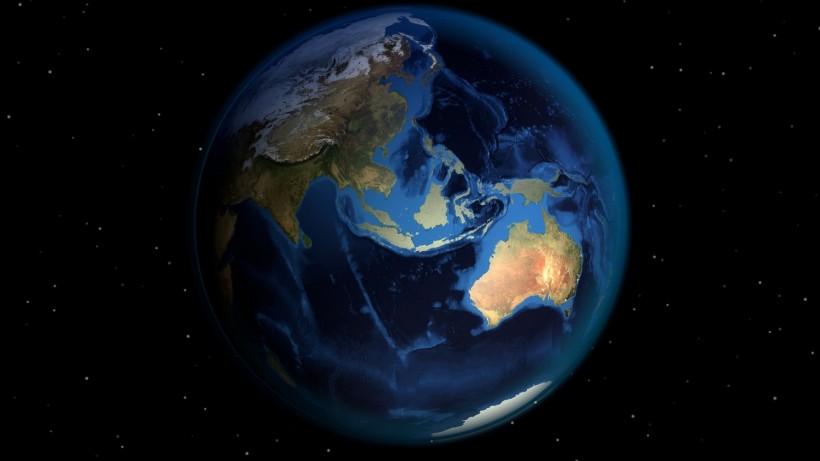Using lasers smaller than human hair to target microscopic grains of a mineral extracted from beach sand, Curtin University researchers have found evidence of an approximately four billion-year-old piece of the Earth's crust that exists beneath the South-West of Western Australia. The study was published in Terra Nova.
Laser Examine Crust that Influences Geological Evolution of Western Australia
The lasers were used to vaporize portions of individual grains of the mineral zircon, revealing where the grains were originally eroded from as well as the geological history of the region, according to the Timescales of Mineral Systems Group at Curtin's School of Earth and Planetary Sciences, led by Ph.D. student Maximilian Droellner. The new discovery contributes to understanding how the planet went from being uninhabitable to supporting life.
According to Mr. Droellner, there is evidence that an up to four billion-year-old piece of crust the size of Ireland has been influencing the geological evolution of WA for the past few billions of years and is a key ingredient of rocks formed in WA throughout this time.
According to Sci Tech Daily, the piece of crust has survived multiple mountain-building events between Australia, India, and Antarctica, and it appears to still exist at tens of kilometers of depth beneath Western Australia's south-west corner.
When the researchers compared their findings to existing data, it appeared that many regions around the world experienced early crust formation and preservation at the same time. It suggests a significant change in Earth's evolution four billion years ago when meteorite bombardment ceased, the crust stabilized, and life on Earth began to emerge.
Exciting Data Revealed Through Earth's Crust Research
Dr. Milo Barham, from Curtin's School of Earth and Planetary Sciences' Timescales of Mineral Systems Group, said no large-scale study of this region had been done before, and the results, compared to existing data, revealed exciting new insights. According to Barham, the ancient piece of crust appears to define an important crustal boundary that controls where economically important minerals are found.
Recognizing these ancient crustal remnants is critical for optimizing sustainable resource exploration in the future. Studying the early Earth is difficult given the enormous amount of time that has passed, but it is critical for understanding the significance of life on Earth and our quest to find it on other planets.

Earth Globe Sea Trenches
ALSO READ: Startup Energy Company Plans to Drill the Deepest Hole Into Earth's Crust to Unleash Limitless Power
Previous Curtin University Discovery on Earth's Crust
In January 2021, researchers from Curtin University tested the hypothesis that some of the Earth's ancient crust served as seeds from which later generations of crust grew by using ancient crystals from eroded rocks discovered in stream sediments in Greenland. The research was published in Nature Communications.
In addition to advancing our knowledge of how the Earth's crust was created throughout deep time, along with its structure and composition, the findings also point to a rapid increase in crustal size on the entire planet three billion years ago, around the time that mantle temperatures peaked.
The researchers tested the hypothesis that remnants of the ancient crust served as seeds for the later growth of continents, according to the study's lead author, Professor Chris Kirkland of Curtin University's Timescales of Mineral Systems Group.
RELATED ARTICLE: [Study] Hawaiian Volcano is Causing the Earth's Crust to Sink: Is Another Volcanic Eruption Coming?
Check out more news and information on Environment in Science Times.














